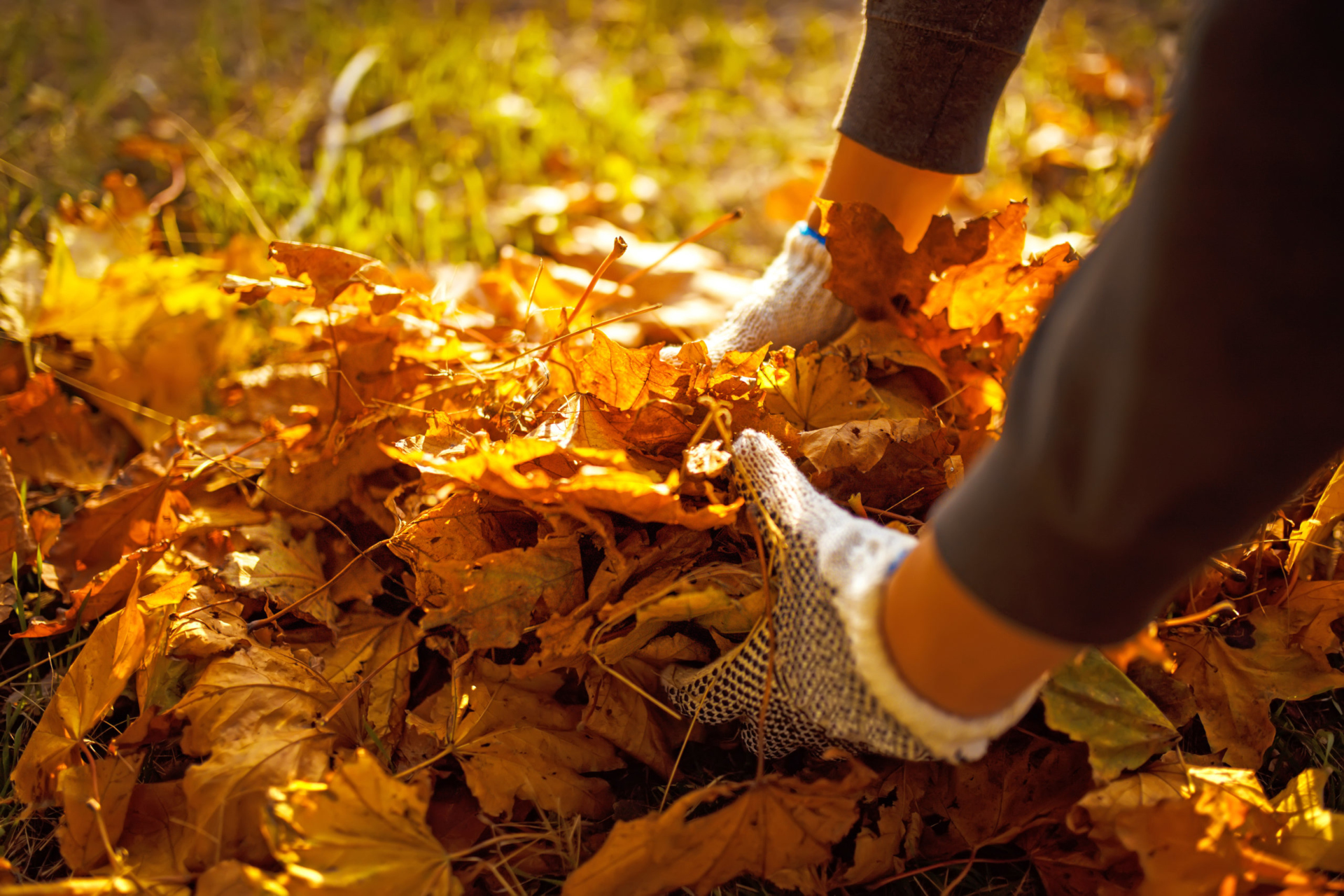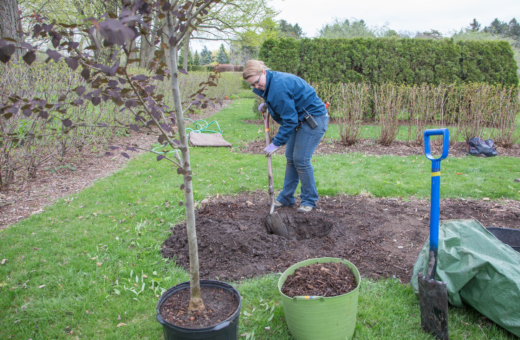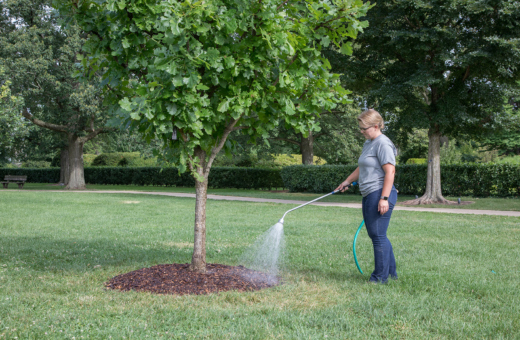How To Clean Up The Garden
Autumn, when leaves are falling and the growing season is ending, is a natural time to tidy up the garden.
Some garden cleanup is necessary for hygiene, according to Sharon Yiesla, plant knowledge specialist in the Plant Clinic at The Morton Arboretum. Yet too much tidiness can actually be bad for your plants.
Here are some tips from Yiesla for putting just the right finishing touches on the garden year.
Make use of what you find. Most of what falls in your garden is too good to waste. It’s part of a natural cycle that enriches the soil, as the leaves and other plant matter from each growing season decay to nourish future plants. If you rake the soil bare, you break the cycle and waste the nutrients and organic matter that otherwise would go to help your plants.
Clean up diseased or infested plants. If any of your plants had a serious problem, such as apple scab on crab apple trees or viburnum leaf beetles on viburnum shrubs, do clean it up to reduce the risk that the problem will return next year. Collect that plant’s leaves and fallen branches and package them in brown landscape waste bags for pickup. Don’t put them in your compost pile: Fungus spores, bacteria, insect eggs and other sources of plant problems can overwinter in the leaves and twigs unless they are physically removed from the yard. Landscape waste is composted at high enough temperatures to kill pathogens.
Use leaves as mulch. You can rake whole leaves right onto nearby garden beds as free mulch. Mulch has many benefits: It improves the soil and provides insulation so winter warm spells don’t prompt plants to sprout too early.
Shred leaves with the lawn mower. Leaves cut into small pieces make a tidier-looking mulch and won’t blow around as much as whole leaves. Rake leaves into a pile on the lawn and run a power mower over them several times to cut them up. Then spread the shredded leaves as mulch.
Start a compost pile. Use any leaves you don’t need for mulch this fall to start a pile where soil organisms can break plant matter down into compost. In a few months, this partially decayed plant matter will become a nourishing soil amendment. Mix the leaves with some green material, such as end-of-season annuals, and a little garden soil. Avoid including weeds that have seeds, which often don’t decay in home compost and may survive to sprout.
Top-dress with compost. If you already have a compost pile or bin, use up your finished compost by scattering it over garden beds. That will make room to stoke up your compost bin with leaves and other autumn bounty.
Remove most leaves from the lawn. A covering of whole leaves on grass can block the sunlight or trap moisture that may encourage turf diseases. Still, you don’t need to remove every last leaf. If you shred leaves with the lawnmower, you can just rake the small pieces out over the lawn, where they will soon break down to enrich the soil for your grass plants.
Leave what looks good to you. Unless the plants were diseased, there is no need to remove the dried stalks of perennials or the dried flower heads of hydrangeas and other shrubs. It’s mostly a matter of taste: Some gardeners like the look of dried plant stalks and seed heads, while some prefer a more manicured garden. If you let stalks stand now, you can always cut them back later in the winter if they start to look tattered.
Avoid cutting back native plants. Insects, including valuable pollinators, often overwinter or lay legs in plant stalks. If you must cut the stalks back, snip them into pieces and let them fall to the soil so any insects inside have a chance at survival.
Trim plants by paths. Cut back ground covers that have spread over the edge of a sidewalk or path to make snow shoveling easier.



